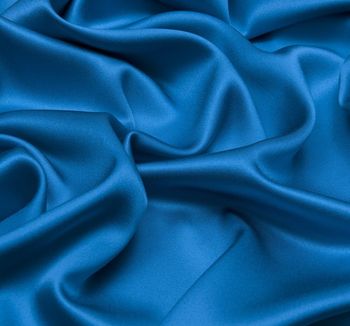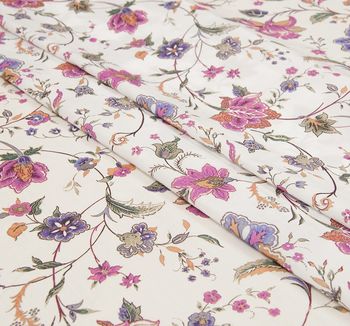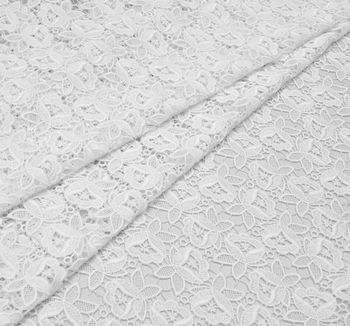Silk is a timelessly trendy natural fabric woven from the cocoons of silk worms. The world’s most famous fashion brands regularly apply it for various men’s and women’s outfits earning the admiration of the audience.
French Lace in Trends 2018
French lace fabrics are various types of laces designed and created in France. Woven from silk, cotton, viscose and rayon, they come mostly in floral patterns and are often decorated with beading, embroidery and metallic threads. French laces have gained their highest recognition for the exquisite vibe of femininity they have been delivering to a woman’s look since the late Modern period.
Once made by hand, today lace fabric is manufactured with the use of special machines. It is an all-time favourite when it comes to dressmaking and is more affordable than it used to be. Still, there are luxury laces – with unique patterns, high quality decorative elements and lots of handwork – and they are quite expensive. Such couture lace fabrics are ideal for evening clothes and bridal wear designed to turn heads.
.jpg)
Types of French Lace Fabrics
There are many varieties of lace fabrics. Some of them such as Chantilly lace or guipure lace are on everyone’s lips, while others are rare and less known. The average weight of lace depends on the composition: silk and viscose blends are the most lightweight, whereas cotton and wool laces can be really heavy. Below is the general information about types of French lace fabrics:
|
Type |
Average Weight |
Texture & Design |
|---|---|---|
|
Chantilly lace |
30-180 g/m2 |
Fine and delicate, sheer or semi-sheer, scalloped edges, usually floral and botanical motifs on a point d’esprit or net background |
|
Guipure lace |
70-400 g/m2 |
Also known as Venetian lace, a heavy raised design, floral and geometric elements connected with braids, no background |
|
Lyon lace |
90-150 g/m2 |
Heritage lace with a cord thread over the large floral pattern, made in pure cotton only, often cut into separate elements for decoration purposes |
|
Corded lace |
45-185 g/m2 |
Lace outlined in soutache cord for extra texture, usually with floral patterns |
|
Embroidered lace |
100-550 g/m2 |
Lace decorated with appliques, beads, sequins, rhinestones, crystals, feathers and so on. Lightweight and see-through, or heavy – it all depends on type of embroidery |
French lace incorporates everything we associate France with: style, chic, charm, and quality. The variety of designs and patterns can present a challenge for those who are trying to choose the right fabric for a wedding dress or a special occasion gown. Lace is versatile, and every clothing item you can think of becomes better when teamed with lace. From blouses with lace insertions to a little black dress or a plunge neckline gown overlaid with a Chantilly lace fabric. From lace gloves and court shoes to winter coats trimmed with heavy guipure and trousers with lace details. This amazing open-weave fabric was created to stay with us forever.
What to Make with French Lace Fabric?
Why does everybody love lace fabric? It is very feminine and ladylike, and it can create any style: from pure innocent and modest to teasing and bold. Use it in a traditional bridal gown or layer it over a long A-line dress – you’ll construct a demure look. Combine it with leather or satin in a mini dress – you’ll get something quite provocative and edgy.
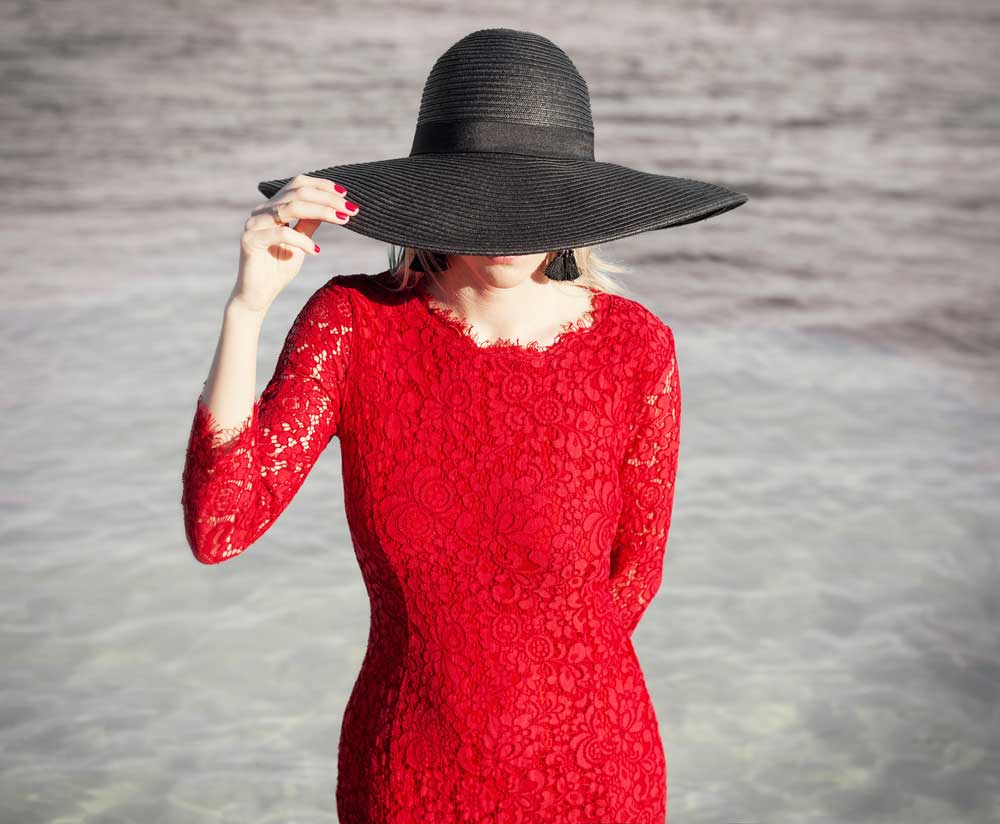
While ideas are thick in the air, we’re encouraging you to read through our improvised French Lace Garment List for inspiration.
1. Little Black or Red Lace Dress. Chantilly and guipure lace fabrics are ideal for an iconic mini dress. It can also come in a midi length, in a bodycon or fit-and-flare cut, with ¾ quarter or cap sleeves – there’s no standard to obey. The most stunning dresses are created with designer, couture and embroidered lace.
2. Lace Sleeve Blouse. Very romantic or edgy, depending on the silhouette and color. Lace can also be used for pockets, collars and trimmings, either in a matching or contrasting color.
3. Lace Overlay Skirt. Chantilly lace makes for the most ethereal overlay. Corded and guipure varieties bring more texture and dimension, as well as weight. Embroidered lace fabric is the surefire way to sew a one-of-a-kind skirt that’ll put you in the spotlight.
4. Lace Lingerie. Is there anything more romantic? The only thing to remember is to choose lightweight lace for garments to be worn right next to one’s skin. Beads and sequins are ideal for bringing some glimmer to the look, but it’s better to keep them for slips and camisoles that you’re going to wear above something else.
5. Guipure and Wool Jacquard Jacket. For a feminine look, try combining heavy lace with cozy fabrics made of merino wool. Even alpaca and camel hair jackets (or coats!) look better with a touch of lace – on pockets, cuffs, along collar or hem. Not to mention wool guipure lace which is perfect for outwear.
If you’re aiming to create an exclusive dress, French lace fabrics are the best helpers. They can sing a full solo or add that little hint of luxury that turns a garment into a real masterpiece. From eye-catching evening dresses to breathtaking bridal gowns, lace is the key to being impeccable.
French Lace for Bridal Dress in 2019
French lace dress fabrics have been all over the world’s catwalks. Fashion trends come and go, but no season passes without lace. It is a popular choice for overlays, veils, details and bridal accessories such as gloves, capes and boleros. It looks stunning on its own, and it looks gorgeous paired up with traditional wedding fabrics such as satin, taffeta, organza, chiffon and charmeuse.
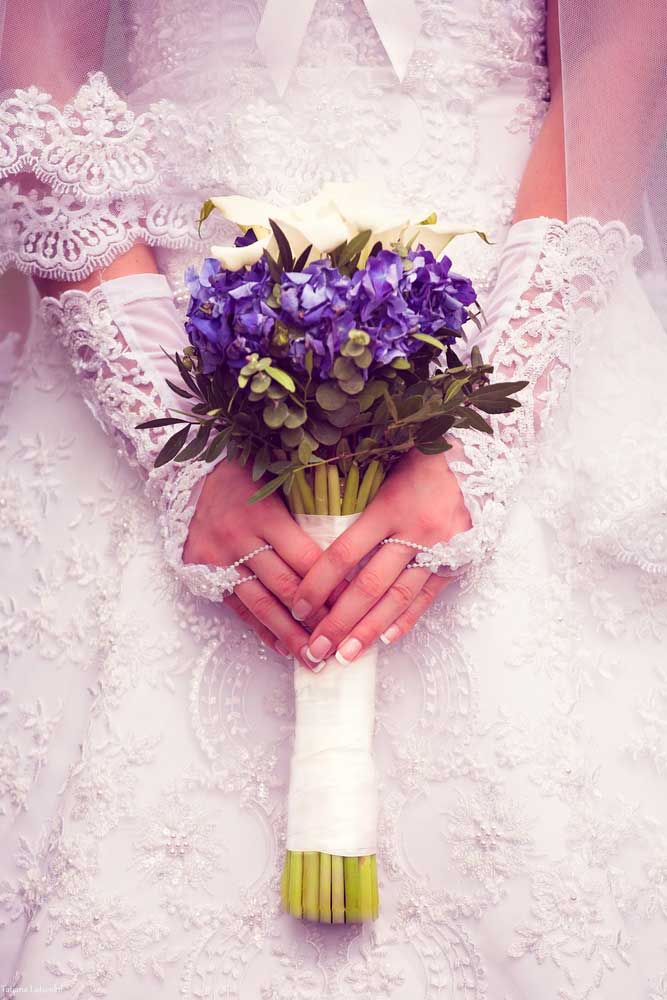
How to incorporate lace into a wedding outfit? Here are some of the ideas straight from the bridal fashion shows:
- Bridal gowns with lace overlays or made of lace only
- Capes, capelets and boleros in lace or tulle
- Unconventional colors, such as black or blue lace for dresses and accessories
- Tiered wedding dresses with embroidered or Chantilly lace
- Re-embroidered lace sheath gowns and horsehair skirts
- Lace ball gowns with illusion sleeves
- Short guipure lace dresses
- Off-the-shoulder and trumpet gowns with lace sleeves
- Bridal wrist-/elbow-length gloves in sheer Chantilly lace
The top three colors associated with weddings are white, ivory and ecru. However, modern brides are given a wide choice of hues, from black and red to pastel pinks, blues and yellows. Chantilly and corded laces are great for summer ceremonies. Lightweight and mostly see-through, they are a match made in heaven. Guipure lace works well in colder seasons, as it has more body, texture and a heavier drape.
If you’re ready to make a serious fashion statement, consider using luxury fabrics. France produces a wide variety of decorated laces, from beaded and appliqued versions to 100% handmade chef d’oeuvres. Why would one want to spend a sizable amount of money on such lace? There are two reasons: design and quality.
Unique, custom-made laces are more expensive compared to regular lace fabrics. The production is never simple and requires the use of high-tech or, on the contrary, centuries-old machines, as well as lots of careful handwork. The décor – beads, sequins, pearls, glass bugles and so on – is often produced specially for a particular design, and each piece is unique. It all starts with details, right? Luxury fabric means luxury fiber and luxury décor.
Exclusive French lace adds grace, taking the look to an entirely new level. Some of the most gorgeous designs one could find in the selection of French lace include:
- tone-on-tone or contrasting embroidery;
- floral and leaf appliques;
- pleated ribbons and frills;
- beadwork and sequins;
- metallic threads;
- hand dyed lace;
- silk and lace combinations within one fabric.
Embroidered Lace and Its Uses
French lace fabrics are often adorned with exquisite beading and embroidery. They are most suitable for evening looks, from dresses, skirts and fancy tops to jackets, coats and vests. Embroidered lace fabrics add a luxurious touch to any outfit and turn it into a fabulous creation etched in memory.
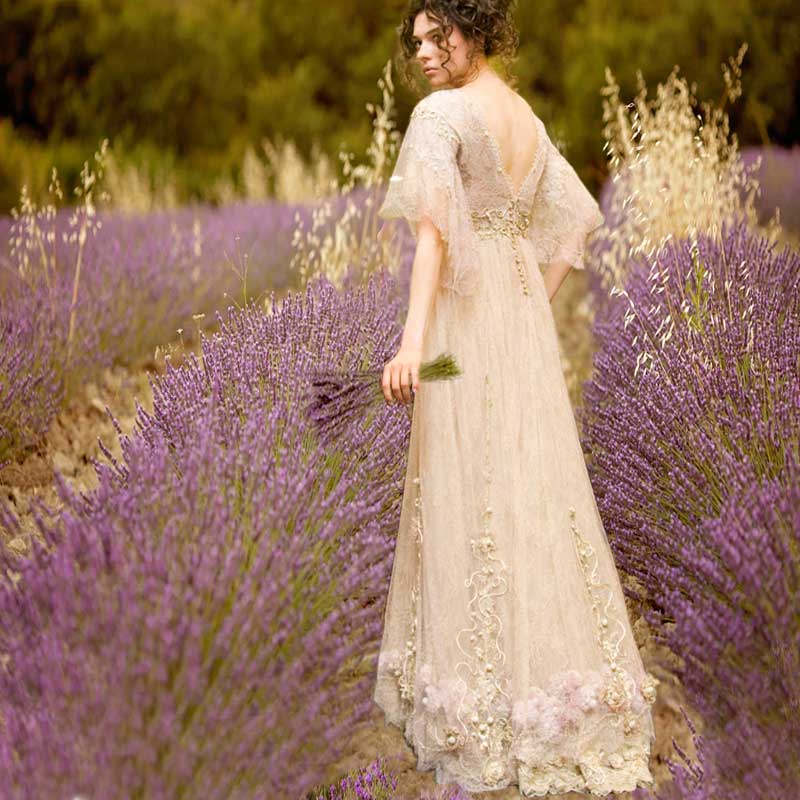
What is your favourite type of décor? French lace is diverse and has a character of its own depending on the design. Below are just some examples one can expect to find.
1. Satin stitch embroidery in tone-on-tone or contrasting colors.
2. Sequins and paillettes.
3. Beads and pearls.
4. Glass beads and glass bugles.
5. Feathers.
6. Metallic elements.
7. Lace appliques.
8. Ribbons, cords and threads, etc.
Luxury lace fabrics are created in various widths and patterns, with florals, botanicals and geometry being the most popular. These designs transcend time and make amazing additions to women’s closet all over the world. They are just the right choice for homecoming dresses, bridal gowns and evening attire to sigh for.
The color palette is vast and eye-pleasing. Modern technologies make it possible to produce highly detailed ornaments and obtain any shade or hue a human imagination can come up with. The timeless classic – black, white, ivory and red – is as popular as ever, but contemporary fashion sets new rules. There are soft pastels for a romantic girl, and there are rich saturated colors for bold and edgy styles.
Top Luxury Lace Suppliers from France
No two lace fabrics are created equal. There are many factories specializing in lace weaving which deliver the finest open-weave cloths for every taste and purpose. Ancient Egypt and China might be among the first countries that started making lace – or at least its ‘predecessor’ – while Italy brought to life the first European lace. However, France has come to be the most diligent and versatile lace manufacturer.
There is a beautiful constellation of lace weavers based in France that top fashion designers turn to. In other words, when you see the names of the following brands, rest assured that you’ve found the best quality lace.
- Sophie Hallette.
- Riechers Marescot.
- Solstiss.
- Lyon Lace.
These factories produce a wide range of laces, tulles and trims in a thousand of colors and designs. They appear both in prêt-à-porter and haute couture fashion shows, and become part of celebrities’ wardrobe. The precious collections created by French lace manufacturers cater for all needs: plain Chantilly and corded lace fabrics for wedding dresses, evening wear and lingerie; heavily embroidered chef d’oeuvres for red carpet looks and special occasion apparel.
How to Care for French Lace Fabric?
Why do you need to be very careful with lace fabrics and clothes?
Lace is a net-like cloth prone to snagging, both during sewing and wearing. It takes a lot of knowledge and effort to mend the damaged lace fabric because of its open weave structure.
Washing and caring for lace garments might seem a daunting task. However, if you are a careful wearer, you’ll have no problems with putting on lace dresses or blouses.
As far as laundry is concerned, it’s better to let professionals do the job, especially if we’re speaking about luxury laces.
Some lace fabrics are more fragile than others, and the key here is to pay attention to composition. While synthetic lace can be quite forgiving, silk and cotton varieties require ‘royal’ treatment. In most cases, dry cleaning is the ultimate solution.
There’s another reason for you to turn to cleaning experts instead of doing everything at home. Lace and lace covered garments often come with buttons, zippers, shoulder pads, etc. Even if the fabric itself withstands the challenge of washing, these small details will most likely be damaged.
Frequently used in haute couture, French lace fabrics are the quintessence of charm and style. New designs and colors are constantly introduced into lace collections meant to be turned into everyday wear and evening dresses. Celebrities and first ladies choose exquisite Chantilly and guipure lace produced in Europe, inspiring the rest with their impeccable looks. The good thing about French lace is that it can be used to create – or decorate – any piece of clothing: from a little black dress, which by the way originated in France, to close-fitting and full gowns, from blouses and jackets to all kinds of accessories and lingerie. Ever-adaptable, versatile, powerful, lace is what defines a woman and helps show her many charms.
Tissura Collection of French Lace Fabrics
The regular collections of French lace fabrics at Tissura have always been highly remarkable. Widely associated with the legendary lace weaving traditions of the Fifth Republic, they attract attention of any fashionista. Represented by such famous brands as Sophie Hallette, Riechers Marescot and Solstiss, lace from France is the synonym of impeccable quality and exquisite French style. Some of the most luxury ones are placed below. To buy French lace fabric at Tissura, click on the image you like and get to the product page to see more information about each one. To enjoy our entire collection, click on the button under the pictures:
Corded lace fabric, 130 € (161 US$) per one running metre;
Corded lace fabric, 148 € (183 US$) per one running metre;
Lyon lace fabric, 221 € (274 US$) per one running metre;
Chantilly lace fabric, 110 € (136 US$) per one running metre
How to stay cool on a hot summer day? Wear fabrics built for the heat. Cotton, linen, viscose, silk – there are dozens of summer-friendly materials you can choose for your wardrobe. The best fabric to opt for when the temperature rises should be breathable and comfortable.
The wedding dress is one of the most important clothing items a woman gets to choose in her lifetime. It can be made of silk or cotton, lace or tulle, be strewn with sequins or embroidered with beads.
.jpg)
.jpg)
.jpg)
